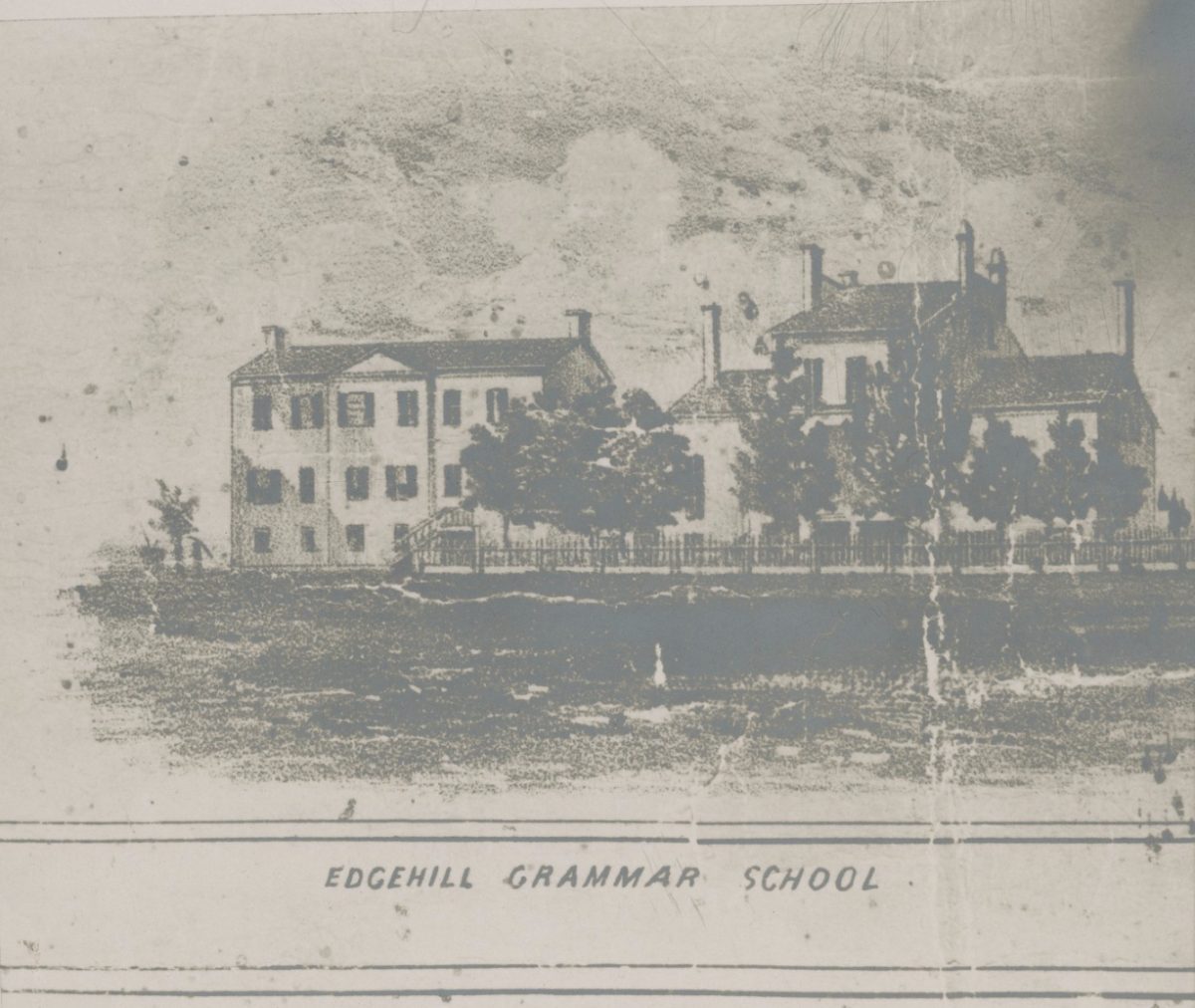[3]
"Proceedings of the First Annual Meeting of the New Jersey Colonization Society" (Princeton, NJ: Princeton Press, n.d.).
⤴
[4]
Isaac Van Arsdale Brown, White Diamonds Better Than ‘Black Diamonds,' (Trenton, NJ: Murphy and Bechtel, 1860), 10.
⤴
[7]
Roland J. Mulford, History of the Lawrenceville School (Princeton, NJ: Princeton University Press, 1935), 18.
⤴
[9]
"Princeton Undergraduate Alumni Index, 1748-1920"; “U.S., School Catalogs, 1765-1935," “1860 U.S. Federal Census - Slave Schedules," "Texas, Muster Roll Index Cards, 1838-1900," accessed 31 January 2017, www.ancestry.com.
⤴
[10]
“Princeton Undergraduate Alumni Index, 1748-1920."
⤴
[11]
Mulford, History of the Lawrenceville School, 37-8, 25, 34.
⤴
[12]
“Semi-Centennial Catalogue of the Classical and Commercial High School," 45.
⤴
[13]
Mulford, History of the Lawrenceville School, 49.
⤴
[14]
John Maclean Jr., letter dated 1 October 1830; Jonathan B. Condit, letter dated 20 September 1830; Abraham Rezeau Brown, letter dated 23 September 1830; Albert Dod, letter dated 1 October 1830; James Carnahan, letter dated 1 October 1830; Archibald Alexander, letter dated 9 September 1836; John S. Hart Papers, Manuscripts Division, Department of Rare Books and Special Collections, Princeton University Library.
⤴
[15]
Albert Dod, letter dated 1 October 1830, John S. Hart Papers, Manuscripts Division, Department of Rare Books and Special Collections, Princeton University Library.
⤴
[16]
James Carnahan, letter dated 1 October 1830, John S. Hart Papers, Manuscripts Division, Department of Rare Books and Special Collections, Princeton University Library.
⤴
[17]
George W. Woodward, letter dated 14 October 1847, John S. Hart Papers, Manuscripts Division, Department of Rare Books and Special Collections, Princeton University Library.
⤴
[18]
George W. Woodward, letter dated 14 October 1847, John S. Hart Papers, Manuscripts Division, Department of Rare Books and Special Collections, Princeton University Library.
⤴
[19]
“Princeton Undergraduate Alumni Index, 1748-1920”; “Edgehill School Catalogue and Circular” (n.p.: 1858), Manuscripts Division, Department of Rare Books and Special Collections, Princeton University Library.
⤴
[20]
"Edgehill School," Southern Literary Messenger Vol. 4, No. 8 (1838), 1.
⤴





